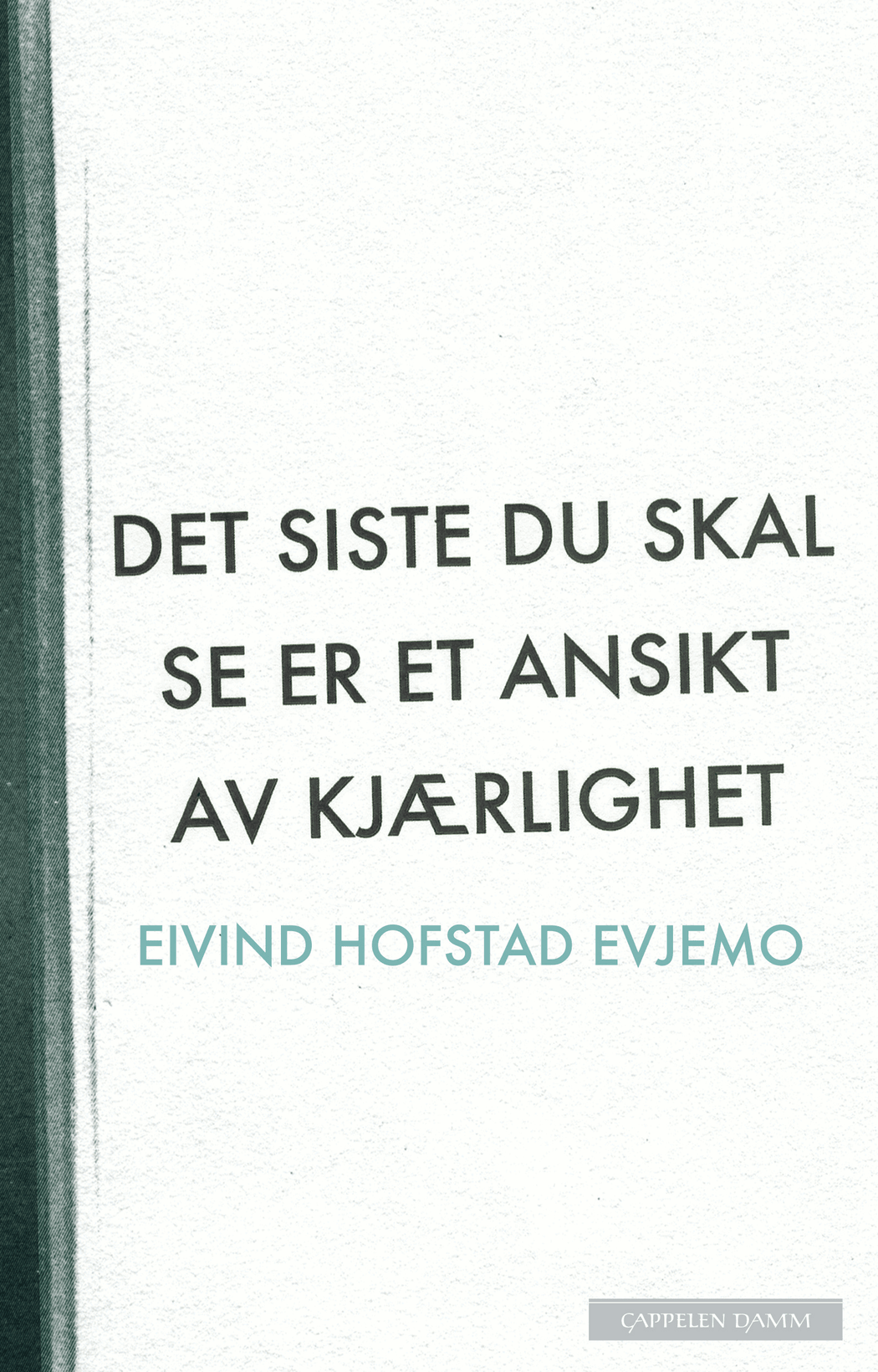The Last Thing You Will See Is a Loving Face
Det siste du skal se er et ansikt av kjærlighet
Practically an entire community is described in The Last Thing You Will See Is A Loving Face. Even the floor in a gymnasium is given its own tiny chapter. The narrative focuses on a family: Roy and his son Aksel are the leading characters, together with Kjersti, who is an advocate for the handicapped school pupil Siri. We share their day to day lives as the quiet drama unfolds in a community sheltered by the newly-rich Norwegian state.
Roy, as father of a family, is uncertain about his role; he is older than his wife and, as we follow him in several situations, we watch him try to find confirmation that he is seen, that he matters and has personal worth. Being with his two children makes no difference: he cannot reach them, neither emotionally nor socially. Another major part of the plot is Kjersti’s life: the demands made on her by special needs children and her attempts to initiate a kind of romance with the taxi driver Morgan.
Hofstad Evjemo writes about the dreams you hold on to in places where the world seems distant – and about everyone sharing the hope that life will offer something more. But, as we know, this is also about a community: new spaces in it are opened up and you can get in behind the facades, go where no one usually goes, find new patterns and structures. Practically everyone is presented and has parts of his or her life described: the bus driver, the driving school instructor, the nurse, the headmaster, the pupils, and the local authority arts boss – even the Crown Prince, when he visits the college in the town to give a lecture on climate. We are given a roving, strangely realistic view of the author’s dissection of a body of Norwegian reality. Everywhere, he provides sharp thumbnail sketches of social and communal life.
Eivind Hofstad Evjemo has dared to do something not many in his generation would try: make a community his subject and explore its social hierarchies. He writes in a charged, insightful language.

